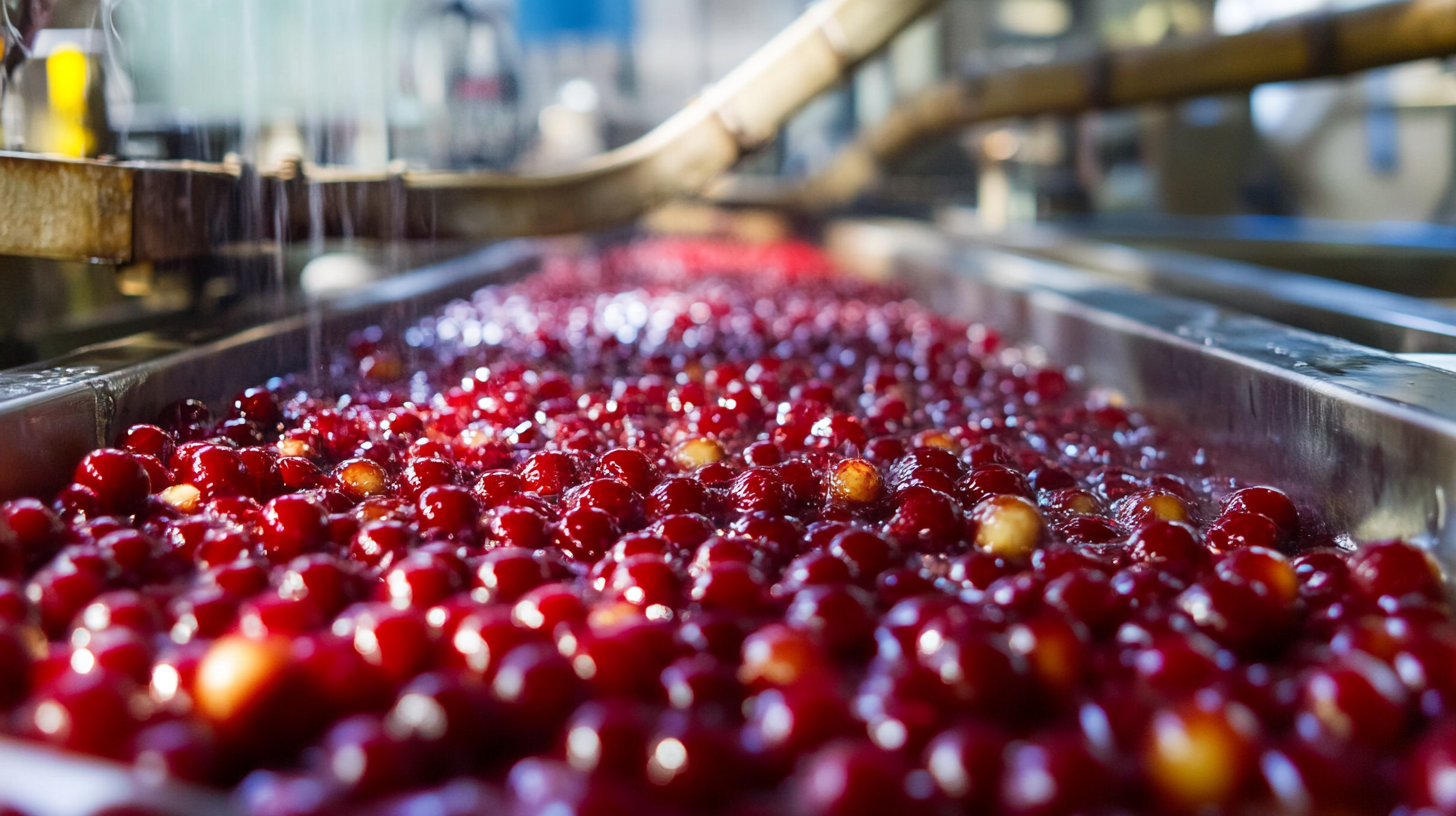In recent years, China has seen a remarkable growth in its e-liquid exports, particularly amidst the complexities of US-China tariff challenges. According to industry reports, e-liquid exports from China reached an estimated $1 billion in 2022, indicating a significant resilience against the economic headwinds. Notably, the surge in demand for flavored e-liquids, especially "Dessert E-Liquid", has been a driving force behind this trend. Consumers' increasing preference for unique and indulgent flavors has prompted Chinese manufacturers to innovate and diversify their offerings. Despite the obstacles posed by tariffs, China's e-liquid industry continues to expand its market share globally, showcasing its adaptability and commitment to quality. This blog aims to delve deeper into the factors contributing to China's sweet success in the e-liquid sector, exploring the interplay of consumer preferences, production capabilities, and the impact of trade policies.

In recent years, China's e-liquid export sector has emerged as a remarkable testament to resilience amidst the challenges posed by the US-China tariff disputes. With escalating tariffs impacting trade, many businesses might have anticipated a downturn; however, the e-liquid industry has demonstrated an incredible ability to adapt and thrive. By diversifying export markets and focusing on quality and innovation, Chinese manufacturers have maintained a competitive edge, enabling them to secure their position as key players in the global vaping market.
Furthermore, the shift in consumer preferences towards vaping products has played a crucial role in this success. As health-conscious consumers seek alternative options to traditional cigarettes, the demand for e-liquids has surged. China, with its robust manufacturing capabilities and expertise, has risen to the occasion, supplying a wide array of flavors and nicotine strengths. This adaptability not only showcases the industry’s resilience but also highlights China's commitment to meeting the evolving demands of a global market.

As Chinese e-liquid manufacturers navigate the complex landscape of US-China tariffs, innovative strategies are essential for maintaining market presence and ensuring continued growth. One effective approach has been diversifying supply chains to mitigate the impacts of tariffs. By sourcing raw materials from various countries and exploring alternative markets, manufacturers can reduce dependency on US imports, thereby avoiding potential tariff pitfalls while keeping production costs manageable.
Moreover, strengthening relationships with overseas partners has become a key strategy for success. Chinese companies are focusing on establishing robust connections with international distributors and retailers. This collaborative approach not only buffers against tariffs but also facilitates a deeper understanding of consumer preferences in different markets, allowing for the customization of products that cater to local tastes. Such adaptations are crucial for building brand loyalty and sustaining sales in a competitive global environment, demonstrating that there are indeed pathways to success, even amidst trade challenges.
The global e-liquid market is experiencing significant growth, driven by changing consumer preferences and an increasing awareness of vaping products. According to a report by Grand View Research, the global e-liquid market size was valued at approximately $5.3 billion in 2022 and is expected to expand at a compound annual growth rate (CAGR) of 20.3% from 2023 to 2030. This surge in demand is attributed to the rising popularity of vaping as an alternative to traditional tobacco products, particularly among younger demographics who are seeking flavorful options and perceived reduced harm.
As China's e-liquid exports rise despite ongoing tariff challenges from the U.S., manufacturers are adapting to capitalize on this trend. The country's diverse product offerings include a wide range of flavors, catering to the varied tastes of consumers worldwide. A recent report by Mordor Intelligence highlighted that the Asia-Pacific region dominates the e-liquid market, with China leading in production volume and export capabilities. This growing demand not only underscores the potential for Chinese companies to thrive in international markets but also reflects a shifting landscape where e-liquids are becoming a staple in the consumer wellness sector.
China's recent triumph in e-liquid exports, despite facing tariff challenges from the U.S., highlights the country's innovative approach and commitment to quality. The increase in exports can be attributed to a robust strategy focused on harnessing "new quality productive forces," as emphasized by President Xi Jinping. This shift reflects China's ambition to drive economic growth through technological advancements and enhanced production techniques.
In 2023, China's innovation index reached a notable 165.3, demonstrating a 6.0 percent increase from the previous year. This surge indicates a growing capacity for innovation within Chinese universities and enterprises, especially in advanced industries like electric vehicles. As China becomes a global leader in innovation, its emphasis on quality and technological prowess places it in a strong position to expand its export markets, particularly in specialized sectors such as e-liquids. The focus on quality not only boosts export growth but also cementing China's status as a formidable player in the global economy.
China's e-liquid exports have seen remarkable success despite the challenges posed by US-China tariff tensions. However, the sustainability of this export boom raises important questions about the future of the industry. As regulations and market dynamics continue to evolve, Chinese manufacturers must adapt to remain competitive on the global stage.
To ensure long-term success, it’s crucial for businesses to focus on innovation and quality. Investing in research and development can lead to unique product offerings that cater to diverse consumer preferences. Furthermore, maintaining high standards in production can help to build trust with international buyers, positioning Chinese e-liquids as reliable and premium choices in the global market.
Another key aspect is understanding and navigating international regulations. Companies should stay informed about changes in laws governing e-liquids in their target markets. This proactive approach can prevent disruptions in export activities and ensure compliance. Collaboration with trade associations and legal experts can provide insights and resources that are invaluable for sustainable growth in the e-liquid export sector.

